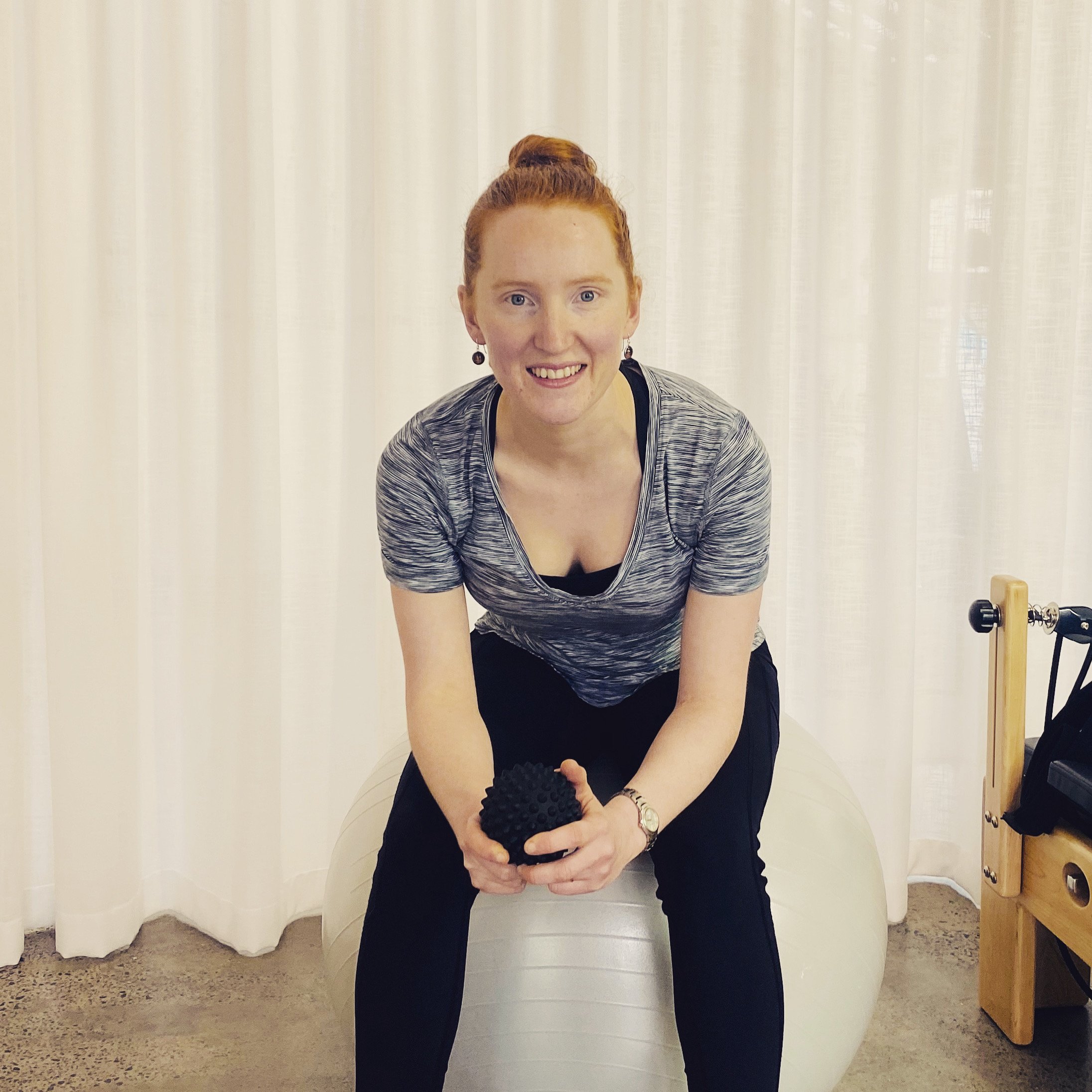Incontinence in Sport
Incontinence in sport
By Emma Godden
If you were asked to picture a typical person with bladder leakage, who would spring to mind? A pregnant woman? Or perhaps one who has recently given birth? A nursing home resident? What about an athlete?
You may be surprised to learn that incontinence affects many athletes, both elite and recreational, in nearly every type of sport, regardless of whether they have given birth. It is particularly prevalent in certain sports such as gymnastics, trampolining, running and netball. For example, an Australian study found that one-third of recreational netballers report urinary incontinence, and that figure rises to half amongst women who have given birth. Unfortunately, only 8% of those affected had raised the issue with a health professional, instead using pads/tampons or restricting their participation (Gill et al., 2017).
These somewhat alarming statistics are not intended to put you off exercise, as we know staying active is so important for so many reasons. However we do want to let you know that if you leak when you play sport, you're not alone and help is available. It is worth managing incontinence as it can affect athletic performance, participation and quality of life. Encouragingly, athletes with adequate knowledge of pelvic floor function are half as likely to have incontinence as those who are not aware of their pelvic floor (Cardoso et al., 2018). Additionally, a recent meta-analysis found that physiotherapy is an effective treatment for urinary incontinence in athletes of different disciplines (Sorrigueta-Hernandez et al., 2020).
A number of factors can contribute to incontinence in athletes, including:
Increased intra-abdominal pressure with certain movements (eg jumping, running, quick directional changes)
Hypermobility
Hormonal changes
Eating disorders
Constipation
Family history of bladder leakage
History of UTIs
However, in many sporting circles it's very much a taboo topic and lots of women fear bringing it up with their coach, teammates or doctor out of embarrassment. Many women resort to using tampons or pads to prevent leakage becoming visible, but these are only band-aid solutions. Seeing a pelvic health physiotherapist can prevent the leakage happening in the first place. In fact, many experts now recommend that pelvic floor muscle training should be an essential part of any athlete’s strength and conditioning program, regardless of sport or how elite they are.
Here at The Pelvic Studio, we have the skills to help you stay dry while participating in the sport or exercise that you love.
Our physios take into account an athlete's whole body when treating a pelvic floor issue. This usually includes looking at:
Posture
Alignment
Strength
Flexibility
Motor control
Impact management
Sport-specific movements
We then put together a treatment plan based on an individual's goals, taking into account the demands of their training and competition schedule. This would typically include specific pelvic floor exercises, as well addressing imbalances in strength and mobility in other body parts. Patients have access to our boutique gym and Pilates equipment, and private or 4:1 exercise rehab sessions are a great way to work on your program under the expert guidance of our experienced physiotherapists.
So if bladder leakage is affecting your sporting performance, no matter how elite you are, whether you’ve had kids, what sport you play, or how old you are, book an appointment with one of our physiotherapists.
References:
Bo, K., Sundgot-Borgen, J. (2010). Are former female elite athletes more likely to experience urinary incontinence later in life that non-athletes? Scandinavian Journal of Medical Science in Sports, 20, 100-104.
Cardoso, A., Lima, C., & Ferreira, C. (2018). Prevalence of urinary incontinence in high-impact sports athletes and their association with knowledge, attitude and practice about this dysfunction. Sports and exercise medicine in health, 1405-1412.
Gill, N., Jeffrey, S., Lin, K-Y., & Frawley, H. (2017). The prevalence of urinary incontinence in adult netball players in South Australia. Australia & New Zealand Continence Journal.
McKenzie, S., Watson, T., Thompson, J., & Briffa, K. (2016). Stress urinary incontinence is highly prevalent in active women attending gyms or exercise classes. International Urogynaecology Journal, 27, 1175-1184.
Rebullido, T., Gomez-Tomas, C., Faigenbaum, A., & Chulvi-Medrane, I. (2021). The Prevalence of Urinary Incontinence among Adolescent Female Athletes: A Systematic Review. Journal of Functional Morphology and Kinesiology, 6, 12.
Sorrigueta-Hernandez, A., Padilla-Fernandez, B., Marquez-Sanchez, M., Flores-Fraile, M., Flores-Fraile, J., Moreno-Pascual, C., … & Lorenzo-Gomez, M. (2020). Benefits of Physiotherapy on Urinary Incontinence in High-Performance Female Athletes. Meta-Analysis. Journal of Clinical Medicine, 9, 3240.



